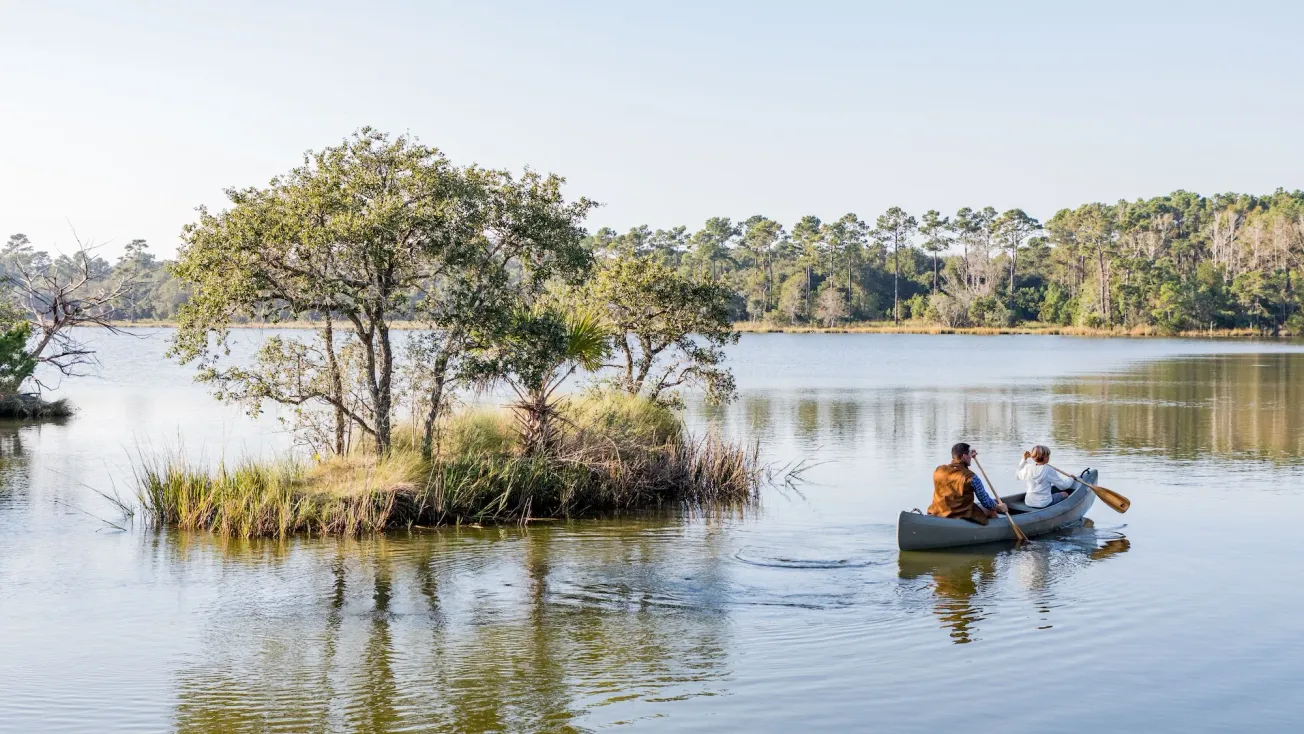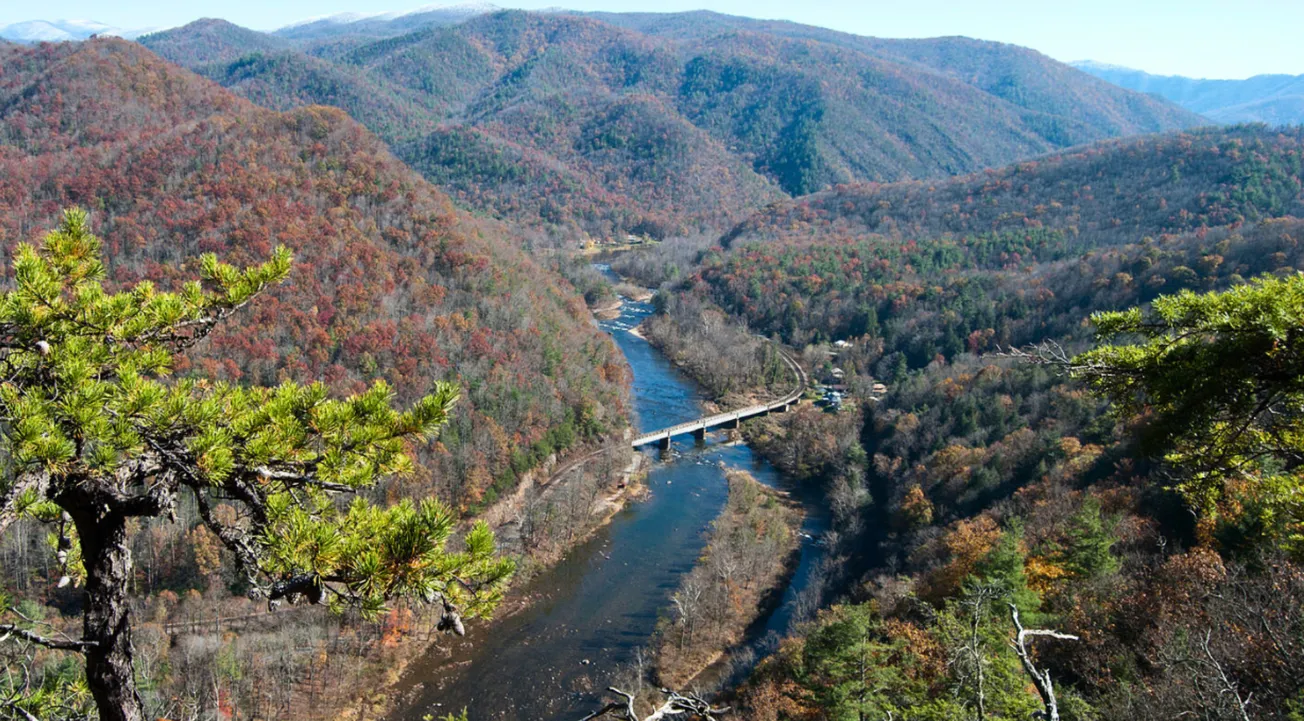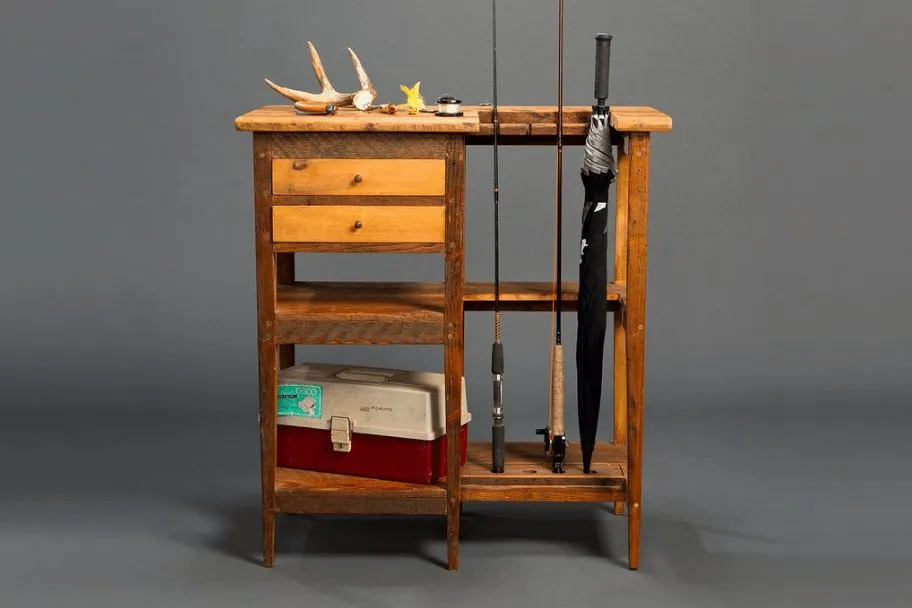Bonefish spawn through an epic feat of polygynandrous love. From fall to late spring, they arrive in schools to nearshore spawning sites and fill their swim bladders with air, before heading offshore at night, diving deep, and surge back to the surface. The change in pressure causes their bladders to expand and release eggs and sperm into the water around them. Juvenile bonefish are hatched over a month later, in areas such as mangroves and bays, after having drifting back from offshore. The currents of the Florida Keys are a womb, a kind of amniotic fluid for bonefish. When the fish release eggs and sperm after diving 200 feet into offshore waters, they are counting on that water to be nutrient-dense and protective of their larvae. The same can be said of the nearshore spawning sites where the process begins with those first gasps of air.
The characteristics of bonefish spawning sites, called pre-spawning aggregations (or PSAs), were not even clear until 2011, says Dr. Ross Boucek, when a Bahamian site was discovered. That mystery is why Dr. Boucek, who serves as BTT Florida Keys Initiative Manager, is in the midst of his first season of tagging bonefish for a 3-year study. Much of the proposed Keys study is modeled after Bahamian research of the last two decades. While the Keys have seen a disappearance of fisheries, the Bahamas experienced only a slight decline as a world-class bone fishery and proactively put conservation efforts into place. While a perfect storm of factors may have contributed to the decline of Keys fisheries, finding the PSAs will help determine if bonefish are truly spawning less or if they are not reaching sexual potential much less crossing into maturing that equips them to spawn successfully.

Part of the year, Dr. Boucek works by moonlight in what has to be the most romantic job in bonefish conservation. The study began in November 2019, and in January, March, May and November of 2020 and 2021, he and a team of researchers from both BTT Florida International University are at Ballast Key field station for the six days leading up to the full moon, where they are running transects in 4-8’ deep areas to attempt to identify spawning sites. They are looking for bonefish rising for air, large schools swimming near the surface, and high numbers of sharks and other predators. Drones are used in light of Bahamian studies which had more success with this method than sonar, with researchers following some 300 feet behind in a center console. Each day in the field from mid-afternoon onward, the team collects roughly 80 minutes of footage in 20-minute segments.
Declining bonefish populations in the Keys is among the very reasons BTT was founded, but a surge of sightings in recent years shows signs of promise. According to the BTT Bonefish Genetics Study which concluded in 2014, bonefish from Belize, Mexico, Cuba, and Florida are highly related. The decline or sustainability in one area of spawning sites could affect the entire regional population. Dr. Boucek’s work is the next step in pinpointing which sites to protect.
The water quality of the Everglades, Florida Bay, and the Florida Keys and habitat destruction play key roles in the decline of bonefish spawning sites in the Keys, and allow for the clearest intervention. Bonefish fisheries contribute significantly to the economy of the Keys, and the argument for protecting them need not be a moral one. Florida’s economy depends on clean, healthy water and a clean environment.
When something like the red tide breaks out and half the tourist run choking and gagging into the hotels for days because of all the dead fish on the west coast, every event like that caused by pollution and water quality issues, whether it’s the bad water coming out of the Caloosahatchee River to Lake Okeechobee or going into the Indian River lagoon the other direction toward St. Lucie, it still has a tremendous financial impact and a tremendous impact on tourism and the image of Florida.
Dr. Boucek hypothesizes bonefish migrate west of the Keys “to maximize self-recruitment to Florida.” By fishing 30 adults (10 each in the Upper, Middle, and Lower Keys) and placing an acoustic transmitter the size of a AA battery inside the abdomen before releasing them back into the wild—an astoundingly quick process critical for not traumatizing the bonefish—Dr. Boucek can monitor the Keys population and begin to locate yet undiscovered spawning sites. BTT and other researchers have thousands of acoustic receivers moored to the ocean floor around the Keys, and when a tagged bonefish swims by one, the date and time pings the receiver.

As the study progresses, it might become possible to detect if bonefish return to the same spawning site, how the decline in habitat is affecting spawning sites, whether viruses and contaminants play a role, and other key conservation questions. Anglers have reported three possible sites. Simply identifying the spawning sites will allow for the identification and subsequent alleviation of their stressors.
To learn more about the work being done check it out HERE.

Heather Richie is Wade & Wallow's digital editor and has also written for Oxford American, Fly Fisherman, Sporting Classics, and Garden & Gun. A graduate of College of Charleston and Sewanee: The University of the South, her MFA thesis FULL: A Slim Volume on Southern Foodways was accepted for publication by Louisiana State University Press.









